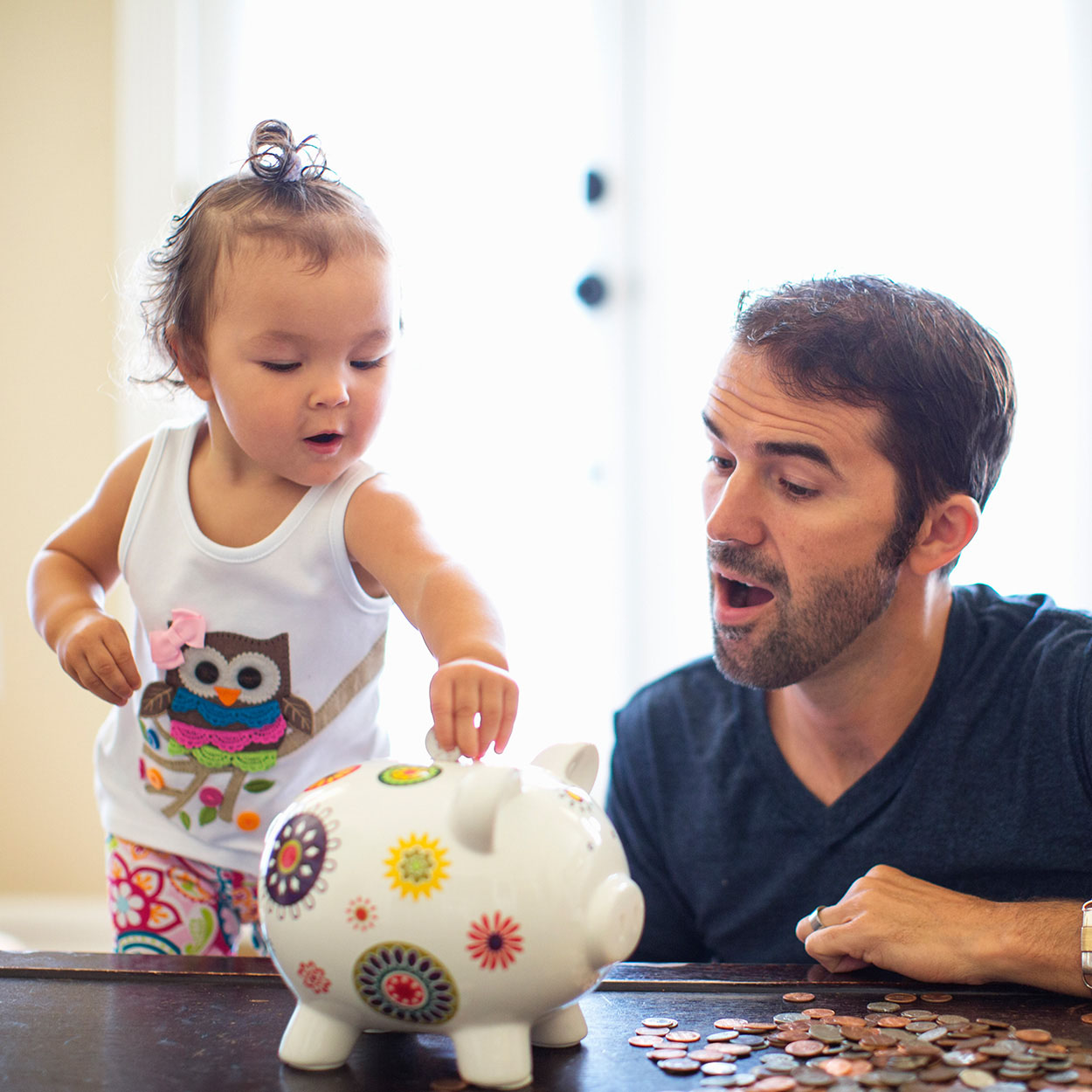Maximize your RRSP benefits: why early withdrawals could bring headaches later
A big part of financial planning for retirement in Canada is having a Registered Retirement Savings Plan (RRSP). Although RRSPs are meant to support you after your working years, they also offer the benefit of early withdrawals—but think it through before taking the money out early, as it can have a costly effect on your future.

How does an RRSP work?
An RRSP is a type of savings plan that’s registered with the government that provides you with tax benefits to encourage you to save for retirement. You can add money to your own personal account or one belonging to your spouse or common-law partner. Not only do you get a tax benefit from the money you put into an RRSP, but money earned from any investments within your account is tax free until you take it out. The advantages offered by RRSPs make them a popular way to save, with the average RRSP accountholder adding more than $10,000 per year. There's a maximum dollar amount you can add each year called contribution room, which is either 18% of your income from the year before or that year’s limit, whichever is lower.
What happens if you withdraw from your RRSP early?
If your RRSP plan isn’t a locked-in plan,1 you can technically take money out of your personal RRSP account at any time time—but even though you might be able to withdraw money, it doesn’t mean that you should withdraw money. When you withdraw from your RRSP, you’ll have to pay taxes based on the amount you take out, and those fees can really reduce the total that ends up in your wallet.
Tax rates on RRSP withdrawals:
- 10% on amounts up to $5,000
- 20% on amounts of $5,000 to $15,000
- 30% on amounts over $15,000
If you live in Quebec, you’ll have a lower tax rate but will also need to add in provincial tax. For everyone, the money you take out of your RRSP is considered taxable income in the same way as your paycheque, which means you need to report it when filing your taxes, just like your T4.
You’ll also lose the RRSP contribution room for good. For example, if you take $10,000 out of your RRSPs this year, you can’t simply add another $10,000 to replace it next year; your contribution limit will stay the same. This is the opposite of a tax-free savings account (TFSA), which lets you withdraw and replace money whenever you like, as long as you don’t exceed the total contribution limit.
If you remove money too early, you’re missing out on one of the biggest benefits of long-term saving: compound interest. Basically, this means the money you earn on your investments adds up, reinvests, and gives you the potential for a larger total.
For example, if you start with a $1,000 investment and get a 5% return, you’ll have $1,050. The following year, the amount you’ll earn will be based on the new total, $1,050, instead of the original $1,000. This pattern will continue. Even without considering new contributions, compounding interest can make a big difference in your investments, and because the money is in your RRSP, you won’t be taxed on the investment gains.
Why would you withdraw money from your RRSPs before retirement?
There are many reasons you might look toward your RRSP for extra cash. Sometimes big costs come up unexpectedly, such as the expense of a new roof, car repairs, or a move across the province. It’s understandable to need some extra funds, but RRSPs might not be the best place to consider. Two major exceptions to this rule are the Home Buyers’ Plan and the Lifelong Learning Plan, which allow you to use money from your RRSPs tax-free for select purposes.
How you might maximize your RRSP growth
Because of the benefits RRSPs offer, many people try to maximize their RRSP contributions as much as possible. Each year, you can save up to 18% of your income from the year before, up to a certain dollar amount (around $30,000). One of the best ways to grow your savings is to deposit regularly and keep that money in your account.
Consider TFSAs for short-term savings
While it’s important to consistently add money to your RRSPs, you might want to have a separate savings account, such as a TFSA, for emergency or last-minute expenses. With TFSAs, there’s a set amount you can add in each year. Like RRSPs, you can add money at any time, and your investments within the account aren’t taxed. For a TFSA though, you can remove any amount from the account for any reason, and the money doesn't need to be replaced.
RRSP benefits: making saving for retirement easier
Saving for the future can be hard, but accounts such as RRSPs can make things a bit simpler. Not only can adding money to this account help reduce taxes, but keeping it there helps it grow. If you need money for a sudden expense, it might be tempting to take money out of your RRSP account, but that has some big disadvantages. Not only will you pay tax on any money you remove, but you’ll also be left with a smaller amount in your account for investment. There are other accounts for more short-term saving, such as TFSAs, and it’s best to consider every option before taking money out of your RRSP before retirement.

Looking for more ways to save or are unsure of how much you should be saving?
Explore more resources1 If you’re not sure about your plan type, reach out to your provider
Important disclosures
Important disclosures
The commentary in this publication is for general information only and should not be considered legal, financial, or tax advice to any party. Individuals should seek the advice of professionals to ensure that any action taken with respect to this information is appropriate to their specific situation.